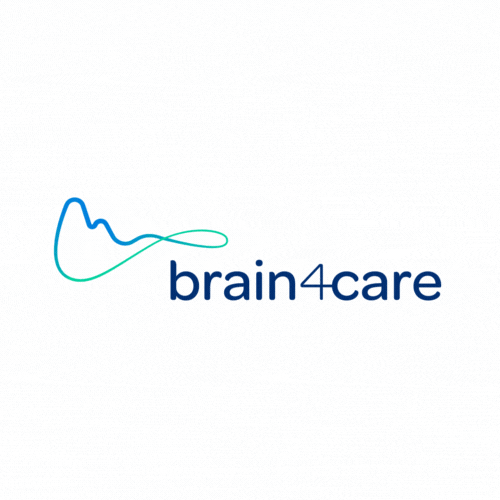
Results reveal how individual neurons in the thalamus can merge signals from different regions of the cortex.
New study by researchers at the University of Chicago and the US Department of Energy’s (DOE) Argonne National Laboratory has revealed a convergence or a fusion of sensory and motor information in the thalamus. Such findings could lead to new treatment options for schizophrenia, epilepsy and other brain disorders.
To more fully understand the role of the thalamus, the team relied on tools from a variety of scientific fields, including genetics, virology, molecular biology, and microbiology, as well as various imaging techniques, using electron microscopy, to collect thousands of brain angles. of mice.
Through image reconstructions, they found that individual neurons can merge signals coming from different regions of the cortex. For example, a single neuron in a region of the thalamus called the medial posterior nucleus (POm) could receive both sensory and motor information. They also determined that POm neurons receive similar inputs from unknown sources.
“Our understanding of how sensory and motor information is integrated in the thalamus will be important for learning how information generally flows in the brain,” said Andrew J. Miller-Hansen, a neuroscience student at the University of Chicago and a member of the team. “We want to know if this pattern of convergence is specific to sensory and motor integration or if it is a common circuit pattern that supports other forms of integration in the brain,” he added.
Clarifying the processing and signaling capabilities of thalamic neurons could change the way medicine treats schizophrenia, epilepsy and other brain diseases where thalamic dysfunction appears to be linked to clinical problems.
The report on the publication is available at the Neuroscience News website.
The paper featuring the research may be retrieved from the DOI: 10.1073/pnas.2104137118





